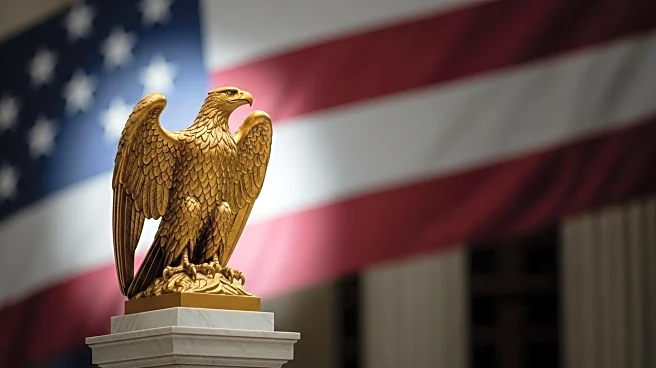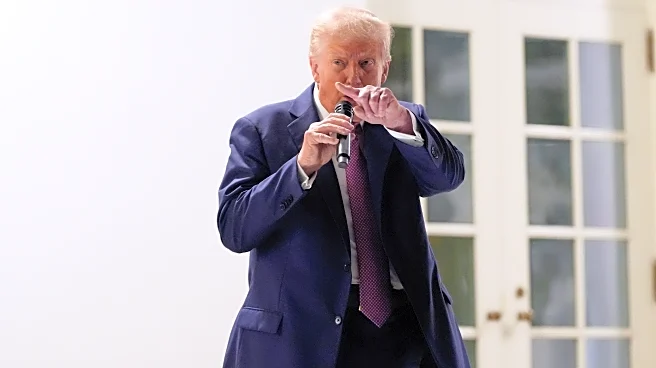What's Happening?
Recent observations have raised questions about President Trump's health, including visible signs such as swollen ankles, an uneven gait, and bruised hands. Despite these concerns, major news organizations have largely refrained from covering the issue extensively. This lack of coverage contrasts with the intense media scrutiny faced by Joe Biden during his presidency, particularly regarding his age and health. The media's silence has led to speculation and rumors about Trump's health, including unfounded claims of severe health crises. The New York Times addressed these rumors but focused more on the misinformation rather than providing detailed coverage of Trump's health status.
Why It's Important?
The media's approach to covering the health of public figures, especially presidents, is crucial as it influences public perception and trust. The disparity in coverage between President Trump and former President Biden highlights potential biases and inconsistencies in media practices. This situation underscores the need for balanced and evidence-based reporting, which is essential for maintaining credibility and ensuring the public is accurately informed. The lack of transparency from the White House regarding Trump's health further complicates the issue, as it leaves room for speculation and misinformation to thrive.
What's Next?
As President Trump continues his term, questions about his health are likely to persist, especially given his age. The media may face increasing pressure to provide more comprehensive coverage and analysis of his health status. This could lead to more investigative reporting and demands for transparency from the White House. Stakeholders, including political leaders and the public, may call for clearer communication and accountability regarding the president's health to prevent misinformation and ensure informed public discourse.
Beyond the Headlines
The situation raises broader questions about the ethical responsibilities of the media in covering the health of public figures. It also highlights the cultural dynamics of media consumption, where sensationalism can overshadow factual reporting. The historical context of how presidential health issues have been handled suggests a pattern of obfuscation, which may need to be addressed to foster greater transparency and trust.













